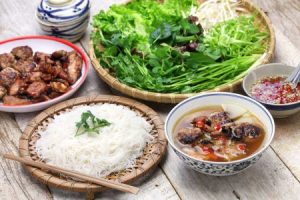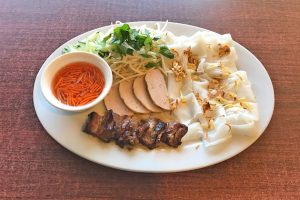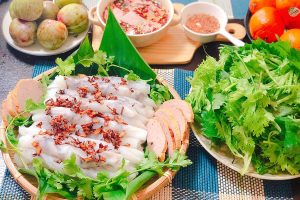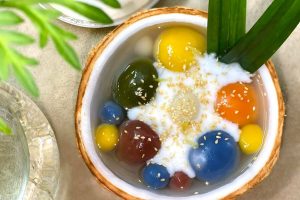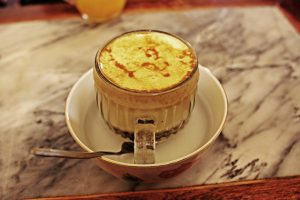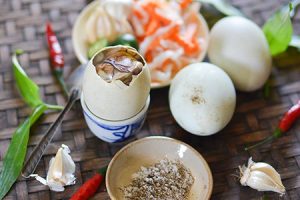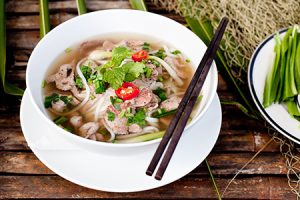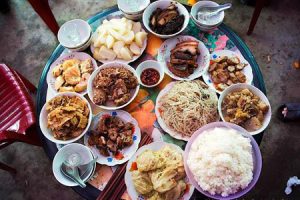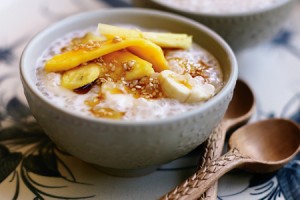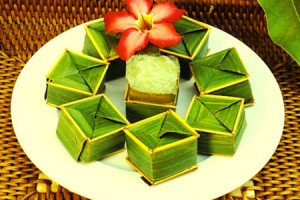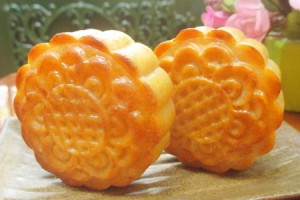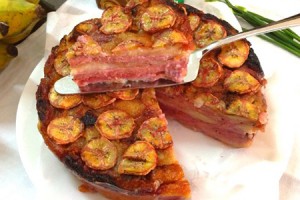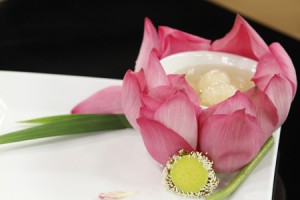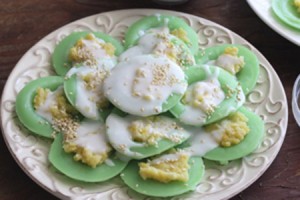Vietnam Cuisine
Vietnam is the second biggest rice exporter in the world and most Vietnamese eat rice as the main course for their daily meals. So Vietnamese cuisine depends heavily on rice grown in water paddies throughout the country, with dishes varying from simple everyday meals to most complex dishes designed for the King. Reaching a balance between fresh herbs and meats; as well as the selective use of spices to reach a fine taste, Vietnamese food can be considered one of the healthiest yet most divine cuisines in the world.
Vietnam Cuisine of Three Regions
Like everything else, Vietnamese food also differs geographically from location to location.
Vietnam Cuisine in Nothern Vietnam
Northern Vietnam’s food uses soy sauce, fish sauce, and prawn sauce and has many stir-fried dishes. With harsh weather and less developed agriculture than the South, North Vietnamese tend to use less meat, fish, and vegetables; and black pepper (instead of chili) to create spice. The taste is strict and less sweet, but saltier than in other regions.
Vietnam Cuisine in Central Vietnam
Central Vietnam is distinct in its extreme spices and color of food. Hue’s cuisine, affected by royal cuisine once created for kings and queens, emphasized on quality and quantity – A meal constitutes of many complex dishes served only at small proportions.
Vietnam Cuisine in Southern Vietnam
Southern Vietnamese are heavily affected by Cambodia, Thai and Chinese cuisines (due to trade and immigrants). Southerners prefer sweet tastes (created by adding sugar or coconut milk) and spicy tastes (created by chili peppers). A variety of dried fish and sauces originate from the South. Southerners prefer seafood and use simple cooking methods with larger and fewer servings.
Customs of Vietnam Cuisine
Influenced by the Chinese, chopsticks, and spoons are used in Vietnam. Many foods (such as cakes) are wrapped in banana or coconut leaves. When eating with elders, younger Vietnamese always ask the elders to eat first.
A Typical Vietnamese Family Meal
A typical Vietnamese meal (lunch or dinner) will include steamed rice; a soup dish to eat with rice, a meat or fish dish and a vegetarian dish (either stir-fried or boiled). Vietnamese do not eat in separate servings, but the food is placed in the middle. Each member of the family has a small bowl and chopsticks with which they take food from the table throughout the meal.
Eating Out
Vietnam has a rich eating out tradition. Most of the dishes can be made at home, but many Vietnamese prefer to eat out. Restaurants are usually famous for one specialty. Many recipes have been passed down from generation to generation.
Restaurants themselves vary greatly. Some are just little stalls on the streets with a mini stove and plastic chairs. Some are prestigious family restaurants passed that have existed for centuries, operated by the whole family, with smoky walls and wooden chairs. Some restaurants are brand new, serving traditional food blended with a European touch with glittering silver wear and modern background music.
Even though street stalls or small restaurants seem closer to tradition and excel in taste, tourists who are not used to Vietnamese food should watch out for their health and safety. Street stalls and cheaper restaurants also take less care in food safety and quality of ingredients.
In a word, Vietnamese cuisine is completely worth a try in Vietnam tour packages.

